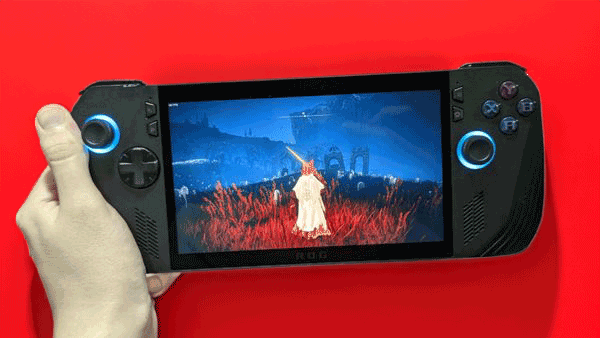
Windows gaming handhelds are an amazing technology that had yet to reach its potential until the Asus ROG Ally X took a massive leap toward perfection.
It’s no secret that I’m obsessed with the Asus ROG Ally, and I haven’t been able to keep my hands off it since I first tested the Z1 model in August of last year. It stood out in a world of repetitive ideas within the tech industry, and ever since, I’ve been in love with the modern trend of Windows handheld gaming PCs in general.
After all, you can only test many gaming laptops before you get exhausted. While I love seeing a gaming laptop achieve an impressive price-to-quality ratio, I realized that most aren’t unique.
Outside of excitement from the latest hardware taking the power up a notch, the features lack innovation. And when there is something new, it’s gimmicky in a way that is only briefly amusing — like the Asus ROG Flow Z13, a wearable gaming laptop. Perhaps that’s a good thing, as gaming laptops are conceptually perfected and depend on execution.
Very little in the industry has stirred emotion within me in the past few years. I cannot deny that I feel a little joy when seeing a new line of laptop graphics cards or when testing an OLED display, as I’m a massive fan of games and love the little ways my experience with them can improve.
Gaming laptops fail to excite me these days, but I felt a newfound passion for the first gaming handheld PC.
Windows gaming handhelds are the future
The announcement of the Steam Deck in 2022 shook me to my core.
Mobile technology has become so impressive that we can fit more power into smaller devices. The 2017 launch of the Nintendo Switch was the point of origin where power met true portability. It said goodbye to the company’s separation between handheld and console gaming, merging both into one device that has been the company’s primary device since 2017.
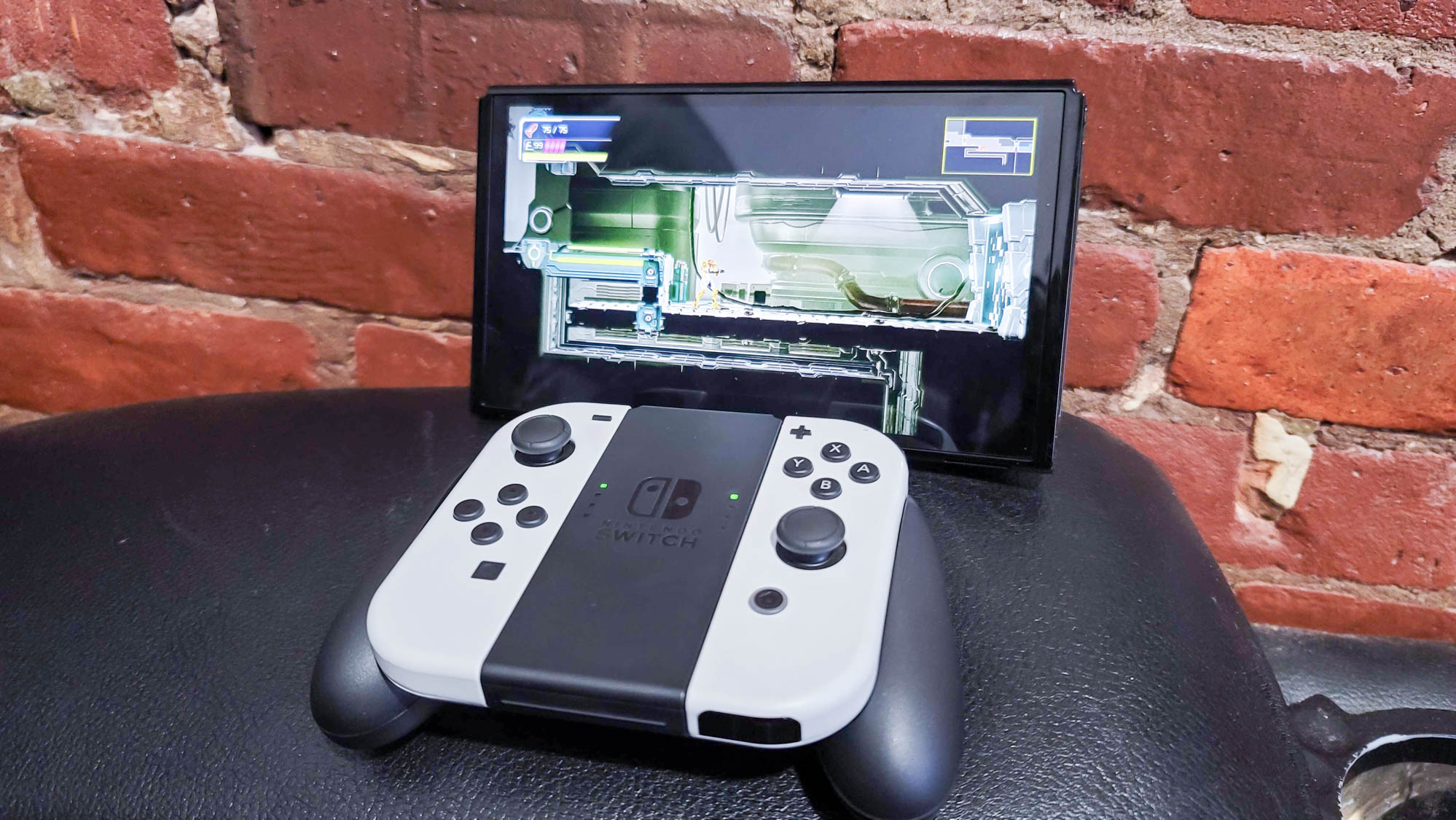
It’s undeniably impressive, but a dedicated handheld console with its operating system has been standard for years. Whether it’s the Nintendo DS, PlayStation Portable, or the dozens of other handhelds that predate the Switch, it was innovative on a hardware level. Still, we’ve seen things of that caliber before.
As a result, the announcement of the Steam Deck in 2022 shook me to my core. It took the most popular games marketplace in the world and said, “This is now available on a dedicated console,” effectively breaching the barrier between console and PC. Even though the Steam Machine attempted something similar with a dedicated box in 2015, it was discontinued three years after launch.
Instead, the Steam Deck turned a PC into something small and easy to use. Combing through an enormous Steam library — I currently own 1,388 games — from the palms of your hands, and the comfort of your bed is incredibly alluring.
My mind was further blown when the Asus ROG Ally launched in June of last year. It took the Steam Deck’s idea to a new level, completely destroying the barrier between PC and console gaming.
A handheld gaming console that runs Windows 11 is breathtaking, allowing one to play whatever they can on a PC. It’s not just Steam anymore; the Ally can run it if you own a game through Xbox, Epic Games, Battle.net, EA Play, Uplay, GoG, or any Windows applications.
But what makes a Windows gaming handheld so special compared to a gaming laptop?
Are Windows gaming handhelds really that much better than gaming laptops?
I’ve tried playing on a gaming laptop on my bed with it on my lap, and it’s pretty uncomfortable.
The battle between Windows gaming handhelds and gaming laptops is personal preference. They’re practically incomparable, and both have many benefits over each other, but there’s one huge reason I prefer the former.
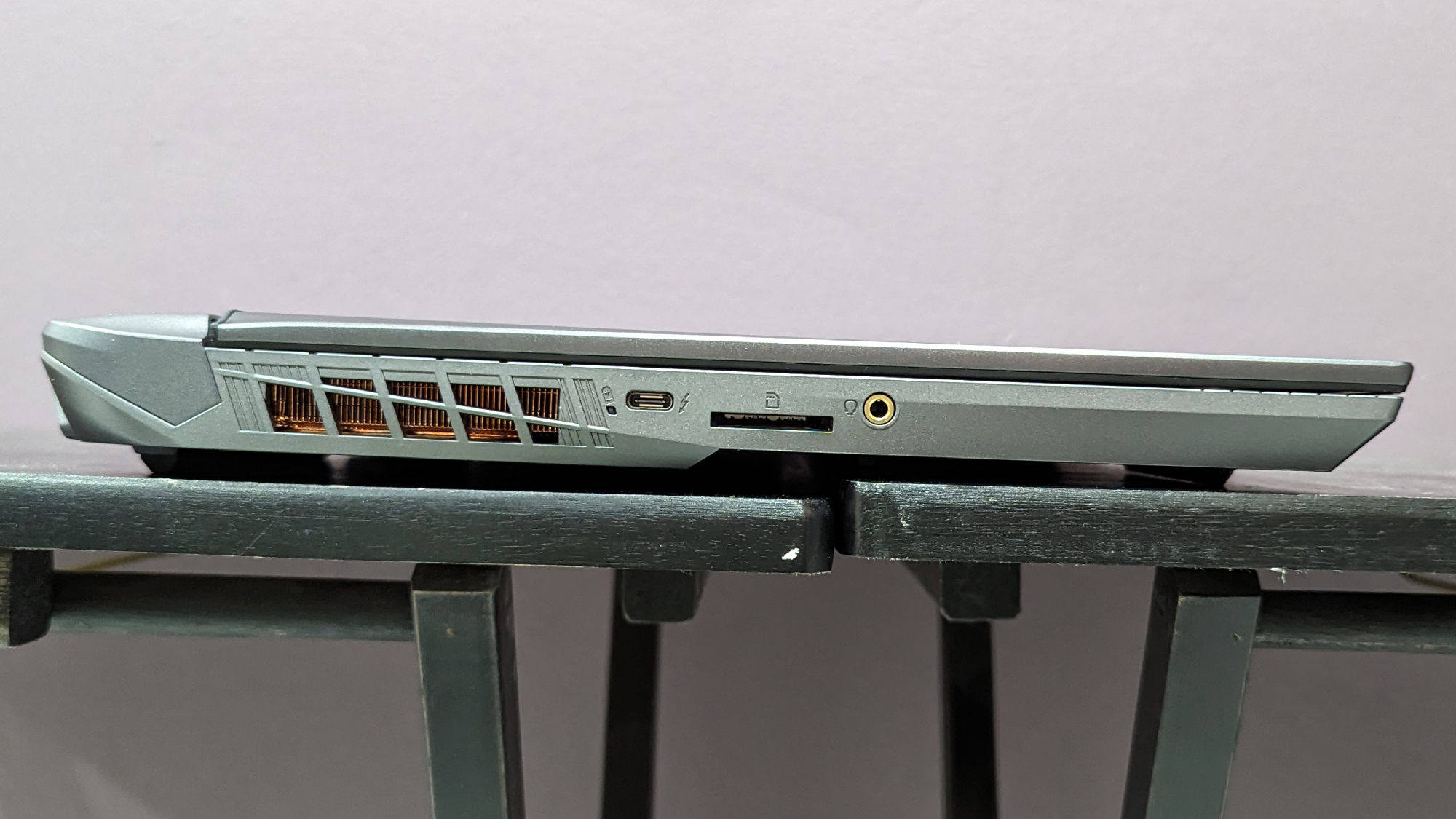
It comes down to convenience: There’s something extraordinary about pulling out a small, one-to-two-pound device and playing your favorite games on it from the comfort of your bed, couch, or on-the-go while taking a train. It’s easy to bring, isn’t overly noisy or hot, and doesn’t feel like an unwieldy monstrosity.
Gaming laptops occupy an awkward space between mobility and power because they are undeniably more portable than desktop PCs. Still, because of their size, you can only use them in places where you would use a PC. I’ve tried playing on a gaming laptop on my bed with it on my lap, and it’s pretty uncomfortable. Even when using a lap desk to keep the smoldering heat off my legs, it’s heavy and awkward to use comfortably.
Gaming laptops are suitable for people who plan to swap play areas frequently, but those positions need to be specific. Having a desk or a table is a must, and as someone with a desktop PC already, there’s no room in my life for a personal gaming laptop.
However, I have plenty of room for a device I can play on my couch or in bed, enjoying a small machine that can run my favorite games. And considering the market's trend, I’m not alone in my love of this technology.
The boom of the Windows gaming handheld PC
The growth in popularity of these devices on the market after the launch of the Ally has been inspiring. Devices like the MSI Claw and Lenovo Legion Go are making a splash, alongside future devices like the Zotac Zone and Adata XPG Nia, continuing to prove that they’re here to stay. It’s clear that I’m not the only one with enthusiasm for them.
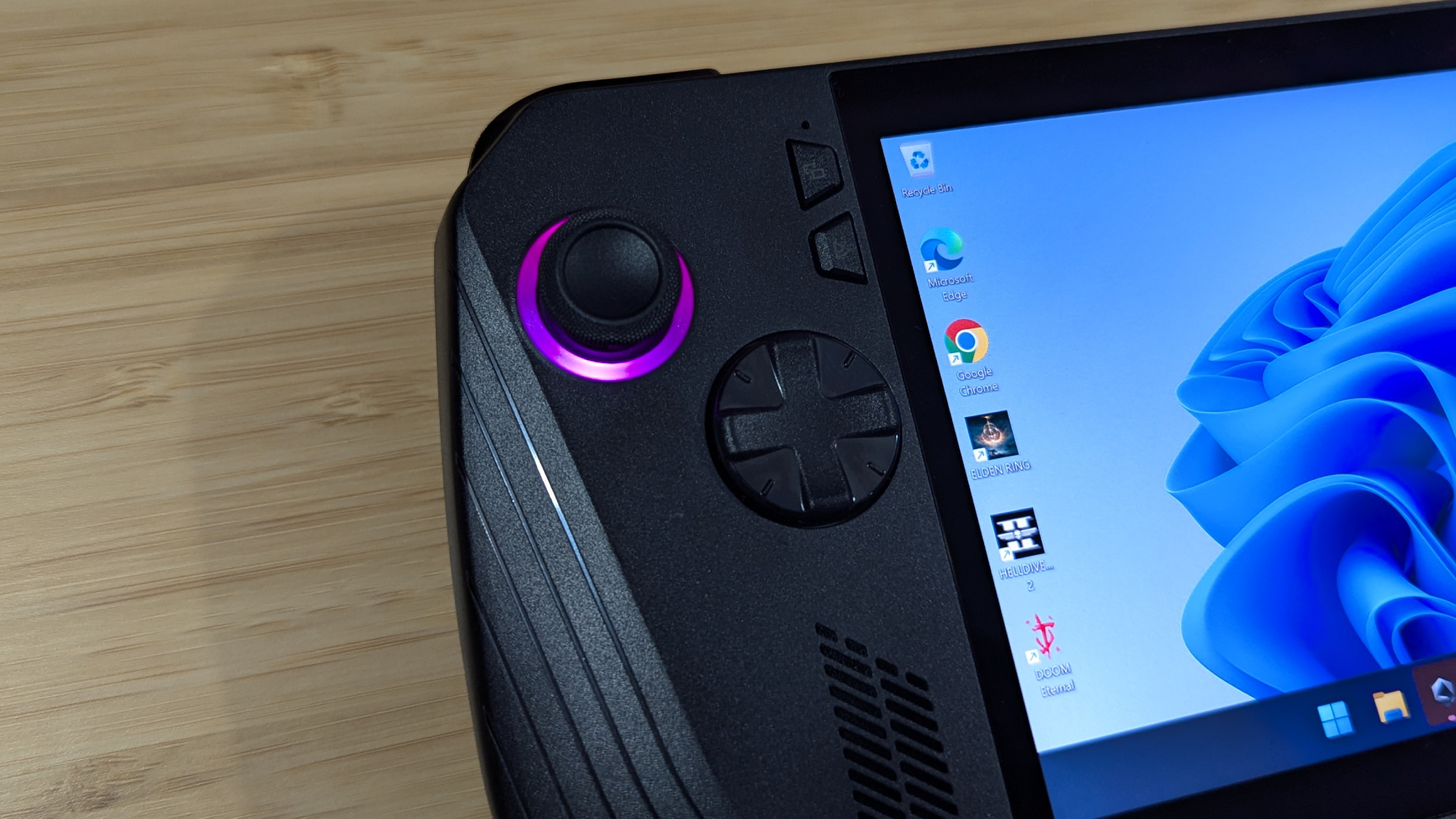
However, these Windows gaming handhelds do have flaws. Windows 11 is not a convenient operating system for navigating a gamepad. The console manufacturers are responsible for making their own software to mitigate as many of these issues as possible, but there’s only so much they can do.
Beyond that, the execution on these devices has left a bit to be desired. The original Asus ROG Ally launched with some performance issues that were eventually addressed through software updates, but it still suffered from lackluster battery life.
The MSI Claw was particularly offensive, boasting terrible game performance, an ergonomic nightmare, weak software, and continuing the trend of poor battery life. Even the Lenovo Legion Go, which stuns with its gorgeous 2K panel and detachable controllers, still boasts underwhelming longevity.
Asus has perfected the Windows gaming handheld (for now)
The recent launch of the Asus ROG Ally X has changed this. From a design perspective, it has successfully brought Windows gaming handhelds to a whole new caliber of execution. It’s a refresh that addresses the original’s most significant issues and will be a frequent point of comparison for future Windows gaming handhelds.
Noticeable enhancements like the bump from 16GB of LPDDR5-6400 to 24GB of LPDDR5X-7500 RAM or 512GB to 1TB of SSD storage are more than welcome, but there’s so much more beneath the surface.
Its ergonomic changes are awesome. Its joysticks are satisfying, the grips are thicker, and the triggers are larger and more springy. The back button’s placement in the center means you won’t accidentally press it. And with two USB Type-C ports, one being Thunderbolt 4, the potential for external connections is vast.
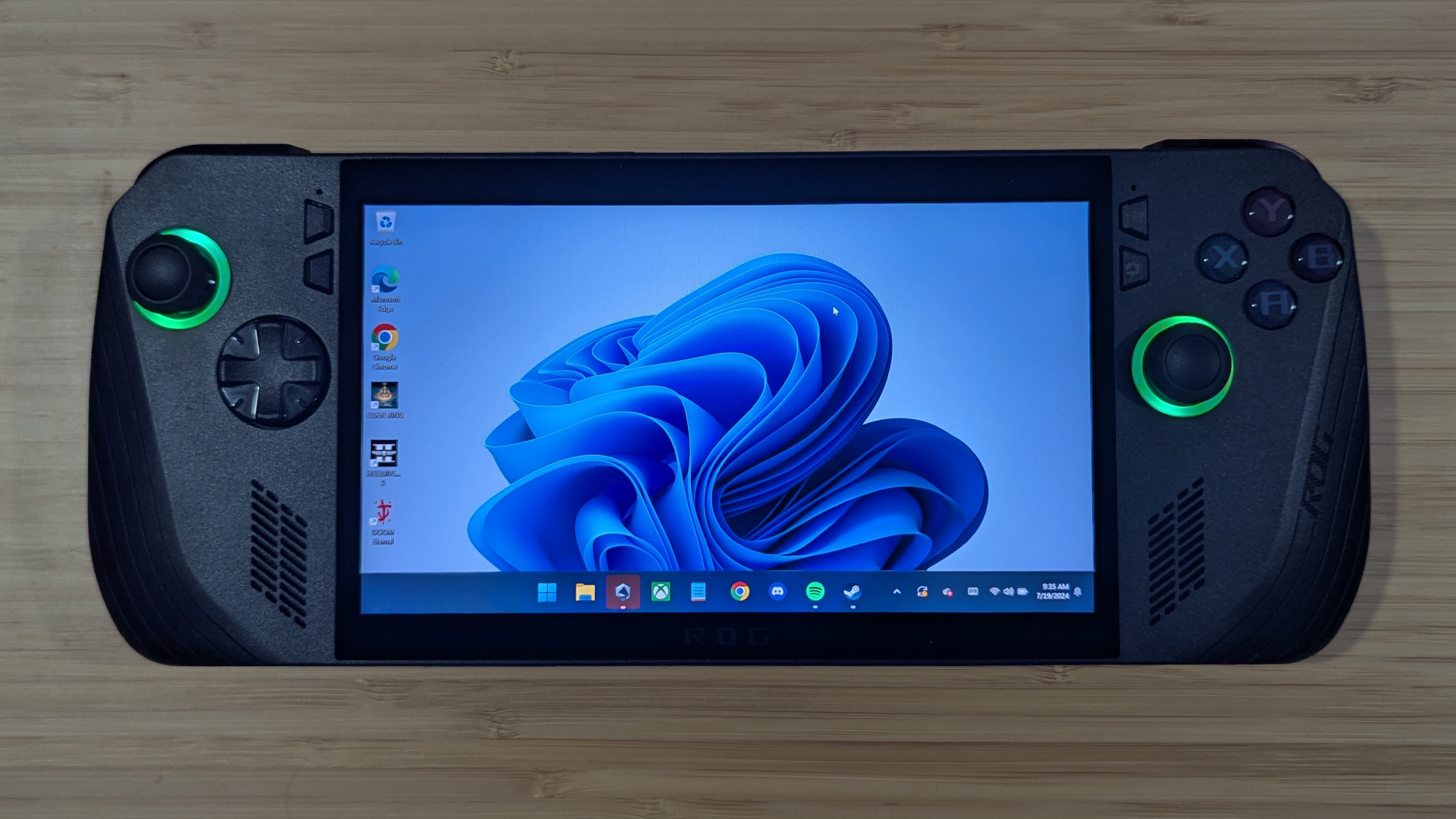
Perhaps the only way Windows gaming handhelds could improve comfort is by following the PlayStation Portal’s example. While it may seem silly to strap two ends of a traditional gamepad controller on the left and right ends of a display, the DualSense’s ergonomics trump the Ally without question.
Yet among all these improvements, the bump from a 40Wh battery to an 80Wh battery is the greatest. While playing Elden Ring: Shadow of the Erdtree, I saw the Ally X last 2 hours and 15 minutes before dying, whereas the original Ally could only make it 1 hour and 1 minute. On the Laptop Mag battery life test, which involves continuous web surfing over Wi-Fi at 150 nits, the Ally X lasted 8 hours and 19 minutes. The original Ally died after 5 hours and 51 minutes.
We also ran the PCMark 10 battery life test, and the Ally X lasted 3 hours and 4 minutes, whereas the original Ally only lasted 1 hour and 43 minutes. All three of these tests paint an incredible picture of the Ally X’s newfound longevity, which only adds to why it’s the ultimate Windows gaming handheld.
Bottom line
I love Windows gaming handheld devices significantly more than I do gaming laptops. But it took some time before this type of hardware reached a caliber of excellence that could match my enthusiasm.
The Asus ROG Ally X offers the ultimate on-the-go gaming experience with fantastic battery life, great hardware, refined software, and mighty ergonomics. Improvements can — and definitely will — continue to be made as the technology develops, but it’s hard not to sit in awe at how quickly Asus has managed to iron out its kinks.







